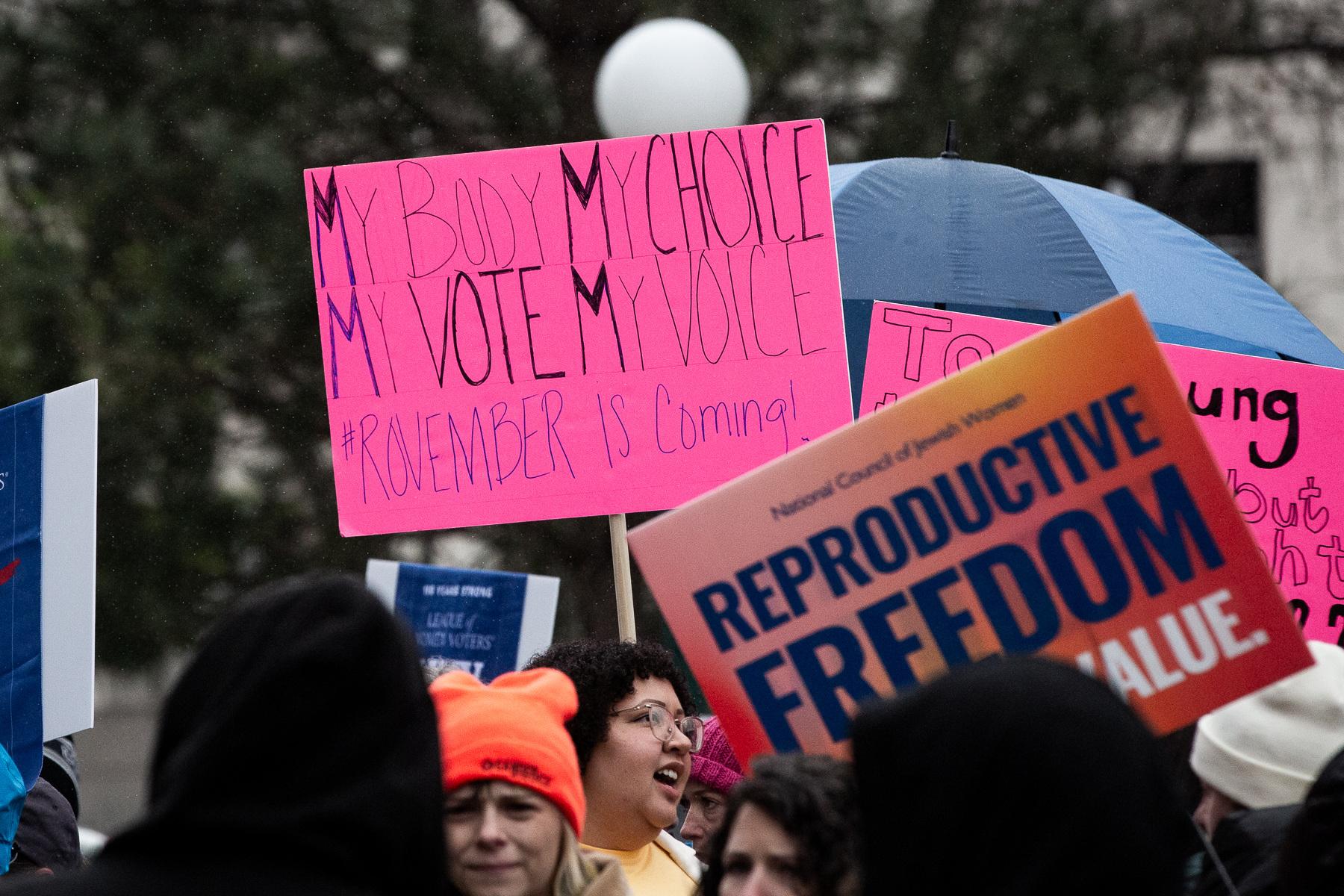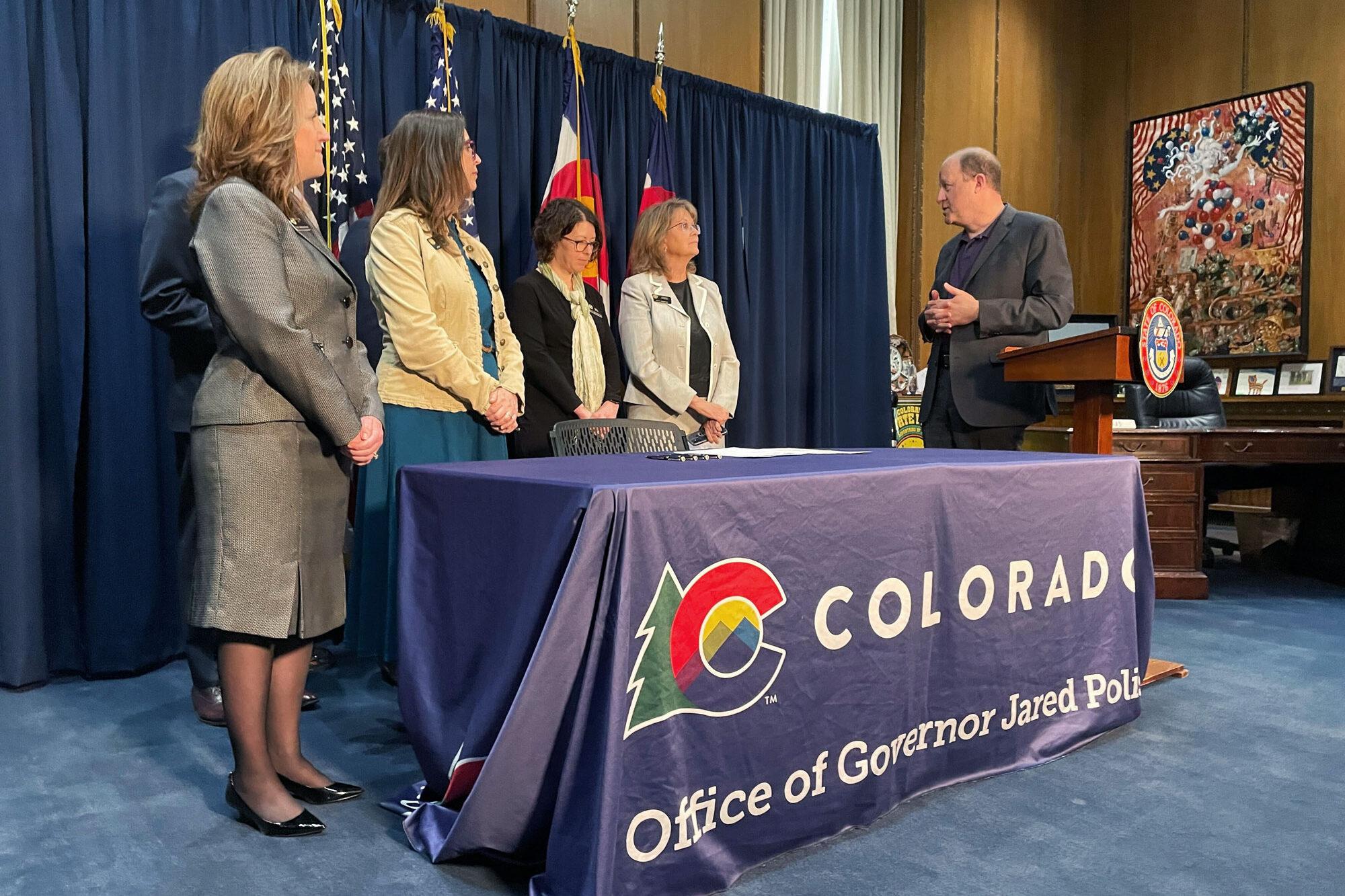A decade ago Colorado lawmakers began to withhold money from public schools in order to balance the state budget.
That total shortfall now stands at a whopping $8.1 billion. Each year, a half a billion-dollar IOU is lopped off from district budgets. The loss in funding, coupled with restrictions on where school districts can set their property tax rates, has increased inequities between school districts.
A new report by EdBuild, a national nonprofit, examines neighboring school districts across the United States with the starkest resource disparities. Nationwide, 8.9 million students attend school next door to significantly whiter and far better resourced school districts.
Forty-two states have at least one border that substantially divides students by race and revenue.
In Colorado, there are 17 borders termed “divisive” due to sharp differences in race and funding out of 172 district borders studied. That means 72,501 students attend school next door to districts that are least 25 percentage points whiter and 10 percent better funded.
About 9 percent of Colorado’s 850,000 students live in what are called "disadvantaged" districts, the report states.
Sixty-five percent of students in disadvantaged districts are non-white. But only 27 percent of students in advantaged districts are non-white.
Among districts with a sharp divide in how much is spent per student, Colorado has some of the biggest differences in the country with an average of 39 percentage points. That means on average, one disadvantaged district spends about $9,586 per student while on the other side of the district border, it’s $14,033 on average in the advantaged district, according to the report.
What Causes The District Divide?
The root problem is driven by local conditions. The report authors say housing segregation, gerrymandering and a Supreme Court decision that held that if segregation exists between districts rather than within them, there is almost nothing the courts can do.
Though school districts are divided by race, income and housing patterns, there’s a compounding factor in the way states fund schools.
Districts start with raising local taxes and then states, including Colorado, try to equalize funding between districts. Even after the state tries to make up the difference between what wealthier and poorer districts raise, “unfortunately there's such a growing wealth divide that the states just can't keep up and keep that level of equity in terms of school funding,” said EdBuild founder Rebecca Sibilia.
In Colorado, the state gives districts money, adjusting for district size, cost of living and at-risk students. The amount districts get from the state ranges from about $8,000 per student to more than $18,000.
An EdBuild report prepared for the state’s school finance legislative committee argues that a huge amount of Colorado’s inequity is driven by the extra money given to districts under the “cost of living” factor, which takes into consideration the local cost of housing, goods and services. Districts with a higher cost of living get more from the state to cover higher costs and salaries to attract teachers. The two districts assigned the highest cost of living factor, Aspen and Telluride, are wealthier and whiter than most.
EdBuild said Colorado needs to revisit the size and cost of living factors and instead create a funding formula that is based more on individual student needs. Moreover, EdBuild argues that many rural areas, while they have a lower cost of living, may have an even harder challenge in attracting qualified teachers.
Aspen And Lake County School Districts
These two districts are among the most divisive borders in the country, according to the report. The difference between what Aspen and Lake County school districts are generating per student is more than $13,000. Aspen is 15 percent non-white; Lake County is 73 percent non-white.
A more equal system might have Aspen taxpayers shouldering a larger burden so the state wouldn’t have to funnel as much money to the tony resort town. In turn, that would free up more state resources for a district like Lake County.
EdBuild says there’s room to more aggressively fix the divide. They call for states to change or end the role local tax revenues play in distorting funding disparities; providing much more money to disadvantaged districts; and drawing district borders to include broad communities with diverse students.
What Can Colorado Do?
Many of EdBuild’s proposed solutions aren’t possible in Colorado because of several constitutional provisions and constricting factors, according to Tracie Rainey, executive director of the Colorado School Finance Project.
As a local control state, Colorado doesn’t have control over many things that affect schools including boundaries, testing, curriculum and taxation.
Rainey agrees that the state’s school funding system is defined by huge disparities in how much local districts are able to tax themselves. Colorado’s Taxpayer Bill of Rights — along with the Gallagher Amendment — forced districts to cut mill levies when property values rose.
All districts used to have a uniform tax rate. Those rates were frozen in place by the legislature in 2007. Aspen, for example, raises 4 mills; neighboring Lake County is at 23. Even if Aspen wanted to raise its base tax rate, it couldn’t under state law. Aspen is able to raise special property taxes for schools through what’s called a mill levy override and bonds, something that Rainey said has fueled inequities between districts. She pointed out that districts have resorted to raising those extra taxes because of chronic state underfunding.
Colorado’s per-pupil funding is about $2,800 less per student than the national average. TABOR requires any tax increase to be approved by voters. Statewide tax increases for schools have failed to pass muster with voters several times.
A plan to encourage school districts to adopt a uniform base tax rate, an idea which could raise as much as $450 million across the state, fizzled at the legislature earlier in 2019. The idea may resurface next legislative session.
Changing The School Funding Formula
Colorado hasn’t changed its school funding formula since 1994. Everyone agrees that the school funding system is broken. What they can’t agree on is how to fix it.
Most everyone agrees the state needs to better compensate for students with high needs. Some state lawmakers on the school finance committee may look to change some of the “factors” that EdBuild identified in its report, such as the cost of living and size factor. But any change will be politically challenging.
The “size” factor was intended to compensate small population-large area districts that don’t have economies of scale like the bigger districts do.
EdBuild highlighted Greeley 6 and Windsor RE 4. It shows Windsor gets and spends more per pupil and has fewer students of color. Rainey said the higher per pupil funding is to compensate for Windsor having to transport students longer distances and other factors that relate to the rural district’s size.
“Yes, Greeley has higher student needs, but that’s more a function of we don’t fund student needs in the funding formula [like whether the student has special needs or is learning English],” Rainey said.
She notes Colorado already has one of the lowest reimbursement rates in the nation for students with disabilities so underfunded districts pick up most of the tab. In EdBuild’s special report to lawmakers, it noted “there is no state other than Colorado with a policy of funding special education students at a level based on the amount of money left over after an initial appropriation.”
Colorado’s school superintendents came up with a plan to make the funding formula based more on individual student needs, such as whether they are at-risk, gifted, are learning English, or have disabilities — plus the money to enact it — but voters rejected the idea in the 2018 mid-terms.
“You could create a really equitable system that is so inadequate that it doesn’t do anything,” Rainey said. She likens changing the formula without more money to rearranging the deck chairs on the Titanic; it pits student against student and district against district.
“You’re going to create winners and losers and there is not a district in the state that is adequately funded.”








